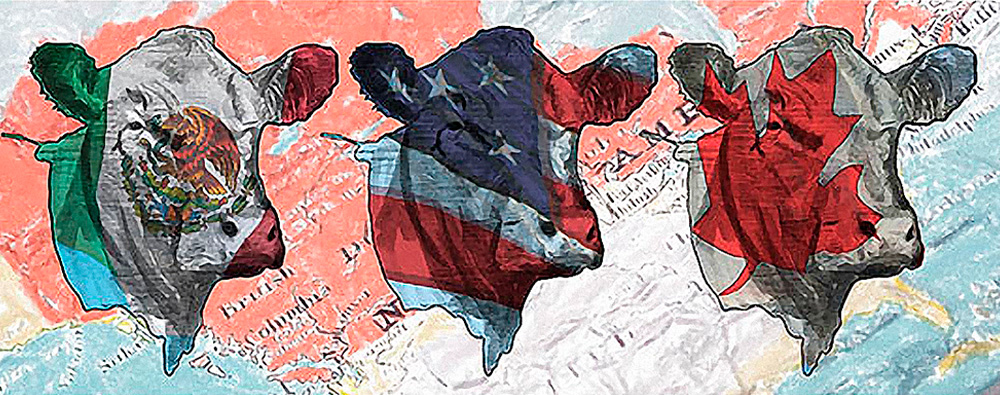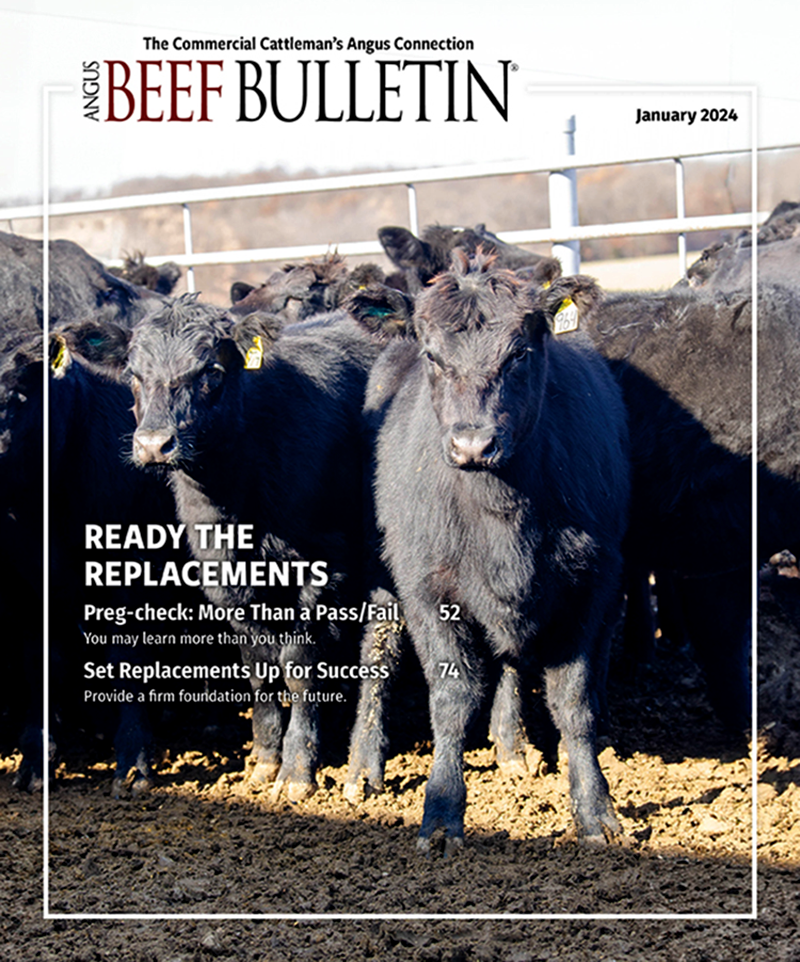
From NAFTA to USMCA
Canada, Mexico and the United States reach new trade agreement.
The North American free-trade pact isn’t dead after all. Up against a hard deadline Sept. 30, Canada and the United States struck a deal that should keep the tripartite trade agreement in place. NAFTA is given a makeover in both content and name — now called the United States-Mexico-Canada Agreement (USMCA).
The agreement reflects some new and some old — a combination of original North American Free Trade Agreement (NAFTA) terms that were negotiated for the defunct Trans-Pacific Partnership (TPP), and new text that addresses the complexity of global trade as it exists today.
If ratified as expected next year, USMCA will bring the greatest amount of change to the auto industry. Agriculture has much at stake, too. All food and agricultural products that have zero tariffs under NAFTA will remain at zero tariffs under USMCA. For sectors like grain and biofuels, the goal of USMCA was just that — preservation of tariff-free trade. The dairy, animal protein and specialty crop sectors had more ambitious goals of reducing trade barriers.
The USMCA agreement achieves three important objectives for U.S. agriculture:
- A level of certainty. Free trade on the continent has been instrumental to growth for U.S. agriculture. The prospect of that changing injected uncertainty about the future competitiveness of the industry, which the new agreement generally resolves.
- Potential modest improvements in market access. Canada’s agricultural supply management system became a linchpin in negotiations. The agreement opens the door for modest improvements in market access for U.S. poultry, eggs, dairy and wine.
- Success and intensified focus on China. Reaching a deal is widely seen as a victory for the White House and creates momentum for other ongoing trade negotiations. Administration officials can also now redouble their efforts on China talks.
However, what USMCA did not accomplish is arguably as important as what it did. Specifically, it did not provide a pathway to eliminate existing retaliatory tariffs on U.S. agricultural goods. The U.S. dairy and pork industries have been hardest hit by Mexican tariffs that were implemented in July as a response to U.S. steel and aluminum tariffs imposed earlier in the year. Negotiations to eliminate the tariffs have begun, but there is no indication of how long they will remain in place.
Several beef and agriculture organizations have responded to the news. U.S. Secretary of Agriculture Sonny Perdue said: “The great news of a new USMCA deal is important for our economy as a whole, including the agricultural sector, which counts Canada and Mexico in our top three trading partners. I have long said that I believe our country is located in the best neighborhood on Earth — North America — with valuable allies to our north and south.
“We have secured greater access to these vital markets and will maintain and improve the highly productive integrated agricultural relationship we have as nations,” Perdue continued. “Notably, as one of the president’s top goals, this deal eliminates Canada’s unfair ‘Class 7’ milk pricing scheme, cracks open additional access to U.S. dairy into Canada, and imposes new disciplines on Canada’s supply-management system. The agreement also preserves and expands critical access for U.S. poultry and egg producers and addresses Canada’s discriminatory wheat-grading process to help U.S. wheat growers along the border become more competitive.
Proponents included the National Cattlemen’s Beef Association (NCBA) and the American Farm Bureau Federation. Kevin Kester, a fifth-generation California rancher and president of the NCBA, said he is pleased that the United States will be able to maintain our existing market access while seeing other U.S. producers get a better deal than they’ve gotten in the past.
American Farm Bureau Federation President Zippy Duvall said the elimination of Canada’s "Class 7" dairy pricing program is a clear victory for American farmers. Americans also now have access to an additional 3.6% of Canada’s dairy market, which is even better than what the United States would have achieved under TPP.
Mexico, meanwhile, is still an $18-billion market for U.S. ag products, Duvall noted. The USMCA includes new provisions to provide science-based trading standards, timely review of products produced through biotechnology and gene editing and new provisions on geographic indications.
More work to do
Despite many meetings and communications with the administration, the United States Cattlemen’s Association (USCA) is not happy the new trade agreement does not include a viable pathway forward for country-of-origin labeling (COOL) on U.S. beef products.
USCA President Kenny Graner says the organization outlined exactly how NAFTA could reinstate COOL and “prevent U.S. agriculture jobs from being outsourced to other countries that can produce beef at a lower cost due to less-stringent environmental and workplace regulations.”
Graner adds: “In 2017, I testified at the International Trade Commission in favor of closing the loophole that allows processors to bring product into the U.S. from Canada or Mexico, have that product undergo a ‘significant transformation,’ and then claim the ‘Made in the U.S.A’ label.”
While the announcement is a bit of welcome news to family farmers and ranchers who are bearing the brunt of retaliatory tariffs and trade disruptions, the agreement should do more to institute a fair trade agreement framework, according to National Farmers Union (NFU).
NFU President Roger Johnson said: “Farmers have seen their income plummet over the past five years, only to have farm prices further depressed by trade disruptions. While this agreement is certainly no cure-all, it is hopefully a start to repairing our trade relationships around the world, to restoring our reputation as a reliable trading partner, and to resolving long-standing issues with discrimination against U.S. wheat.
“A couple areas in this agreement appear to fall short of these goals. Progress was made on the dispute settlement mechanisms — provisions that place tremendous power in the hands of multinational corporations — but the ISDS (investor-state dispute settlement) framework remain,” Johnson adds. “And country-of-origin labeling, which is supported by 90% of Americans, was unfortunately left out of the agreement.”
Editor’s note: This article was compiled and edited from releases from CoBank, USDA, NCBA, Farm Bureau, USCA and NFU. Illustration by Craig Simmons.



